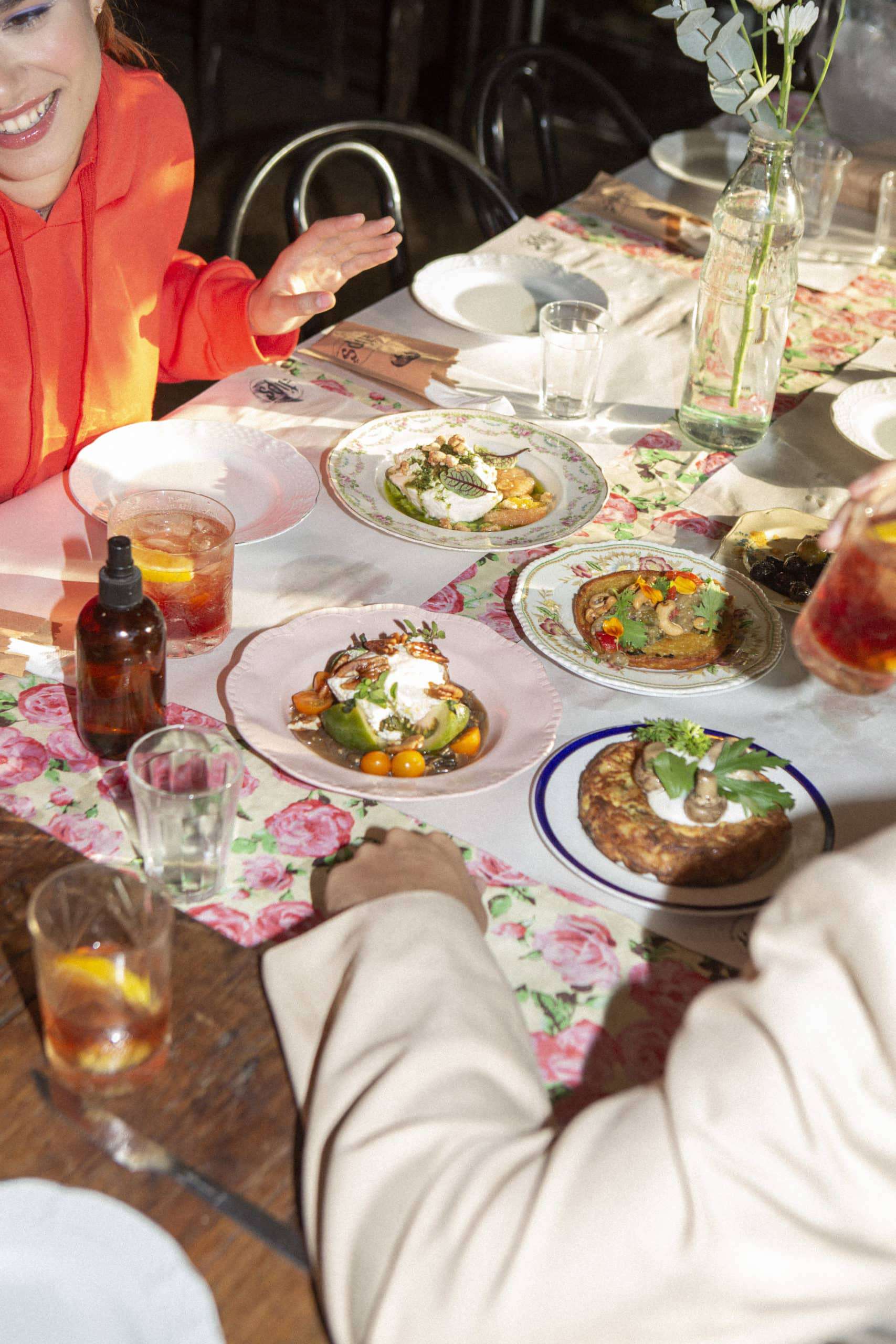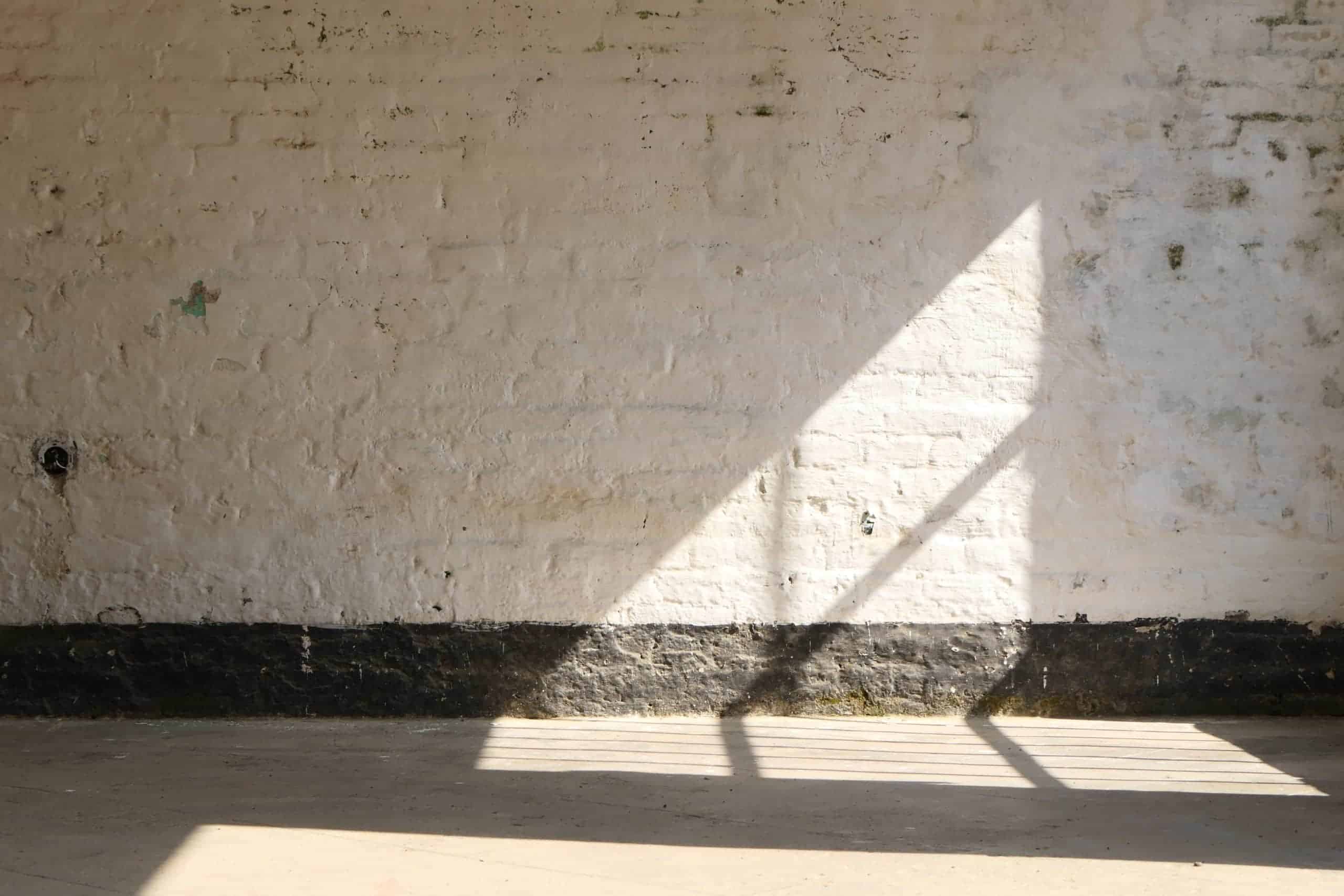
Welcome to our Enneagram Theory series!
In this series, I, Chris, chief editor and co-founder of Personality Path, go into the depths of how the Enneagram came to be and how it works.
Today, in Part One, we start with the core question: What even is personality, and how does it come to be?
What you will learn
Chapter 1: The School Trip
Let’s start with a story.
One day in spring, when I was seven years old, I learned that my place was at the sidelines.
It was a normal school day. At least my eight-year-old self thought so when it arrived at the classroom of my small town school building. I had just jumped up to second grade after the first semester and hardly knew any of my classmates. When I entered the room, I was surprised to see the other kids running around their tables, shouting at each other, and rummaging in backpacks that looked strangely different from their normal school satchels.
A moment later, our class teacher arrived and asked the class if we were all excited about our day trip to the nearby castle. I wasn’t. I hadn’t remembered there was a school trip happening. Everyone cheered. I started to panic.
I hadn’t brought any lunch.
I hadn’t brought any money to buy lunch.
I also hadn’t informed my parents I would be gone until the afternoon.
You might think the matter would have easily been resolved with a phone call to my parents and the attempt to organize a quick solution to my problem. But back in those days, school teachers handled things differently. I was told I was stupid for forgetting my things, to shut up, and to get in line.
I recall the rest of the day as having been profoundly miserable. While the other kids enjoyed the diversion from their school routine, jumping around the old castle, and buying ice cream from the ice cream shop with their parents’ money, I didn’t enjoy anything. I was plagued with anxiety about my parents worrying where I was. I was hungry because I had brought only one tiny sandwich for the morning break. But most of all, I felt excluded. I remember asking some of the other kids for money to buy ice cream, too, but as you know, children are children. I was the stupid new kid who had managed to forget a whole school trip. That burning sensation of shame is still there when I think back to that day.
I’m not telling this story to make you feel sorry for my eight-year-old me. I’m telling it because many years later, when I started to come to terms with a few of the more problematic aspects of myself, I suddenly remembered that spring day. And I started to recall similar events on other occasions during my childhood. Situations where I felt like everyone else was having the time of their lives, except for me. And I remember the feelings these situations left me with, feelings that ground themselves into a mantra that has since been running in the back of my head:
“You don’t belong. This isn’t for you. But most importantly, don’t let anyone see it. Just pretend you’re as happy and content as everyone else. Even better, pretend you don’t need these things anyway. You don’t need to belong. You don’t need to be able to have the same things they do. You don’t need anyone. You can get by just fine on your own.”
Welcome to type Five of the Enneagram of personality.

Chapter 2: The Stories we Tell Ourselves
Human personality is hard to define. Since Sigmund Freud started talking about the Ego and the Id, there has been a never ending stream of theories to capture the complex collection of things that make you you.*
Just as unsolved as the question of what exactly describes human personality is the question of how it forms. What happens on your way from a hapless embryo to your intricate adult human self that turns you into the distinctly unique person that’s unlike any other on this planet?
Is it your genes?
Is it how your parents raised you?
Is it your environment?
The easy answer is of course “all of them”. But even then, we still don’t know whether we are just conditioned Pavlovian mammals, or if we get to have a choice in who we become.
Since there’s no definite consensus on the matter, you inevitably have to pick a side.
This is the one we picked:
In her bestselling book “The Child in You”, German psychotherapist Stefanie Stahl charts a path of what turns you into “you” by pointing out the most fundamental device we use to orient ourselves in the world: Stories. Yes, there are genetic factors predisposing us towards interpreting certain events a certain way. But more than that, it’s the experiences themselves, the ones we make in our early childhood, that have the most lasting impact on us. Our stories shape us throughout the rest of our lives. It seems to be true that the child that made those experiences never left you.
To zero in on that small being that’s still inside of us, Stahl makes the distinction between the “sun child” – the one that made happy memories and feels loved, supported, accepted, and confident, and the “shadow child” – the one that was hurt, that was told in one way or another that it was not okay the way it was, or that it did not have what it takes to survive in this world.
For Stahl, basically every problem we face as adults (apart from things beyond our control, like death, disease, and natural disasters), is born from these hurtful messages. Our inner child still carries them with it.
Messages like:
“I am stupid.”
“I am weak.”
“I am too fat.”
“I am too thin.”
“I’m a loser.”
“I am responsible for your mood.”
“I am small.”
“I need to fulfill your expectations.”
“The world is dangerous.”
“I will fail anyway.”
“I am not wanted.”
Or, in my case, the combination of “There’s not enough for me” and “I do not belong.”
Over the years, each of us develops defence mechanisms, so these messages don’t hurt as much. We reflexively employ them whenever the right trigger comes around.
Of course, if I had been an adult on that spring day, I could have told my seven-year-old me that things were going to be okay. I could have told him that I wasn’t going to starve, that kids can be cruel, but that I am still allowed to enjoy the day. If anything, I might have encouraged myself to take the opportunity to learn how to pay better attention to announcements in the classroom. Also, if I had had a different predisposition, I might have taken away a very different message, something like “I need to fight to survive”, or “I need to rely on people more”.
But no matter what story I ended up with, and no matter what story you ended up with, it sticks with you. Years later, my then-girlfriend asked me why I was so impatient at buffets. She had noticed that I put on an almost religious zeal to be the first in line, or at least to be as far at the front as possible, as if my life depended on it. I thought about it for the first time in my life, and I suddenly realized that something in me was convinced there wouldn’t be anything left for me if I didn’t get in first.
No ice cream for the late comers.
Thinking about it rationally, it doesn’t make any sense. I’ve never gone hungry at a buffet in my life. Quite the opposite – I routinely end up stuffing my face until I got sick. And yet I would run to the front like a madman every time. My inner child’s beliefs were stronger than my adult rationality.
Which gets us to the true heart of things.

Chapter 3: Turning into us
The strongest instinct of humans is survival. From our very first day, our bodies and minds are wired to scan any incoming threat and find ways to make it through. Inside our body, our immune system takes care of that job. But for our mind, we need something else.
As a consequence of the inevitable suffering our inner child experienced – the very specific way in which its needs weren’t met – we start to build an armor around us. That armor is made from our beliefs about who we are and how the world works. As kids, we unconsciously rely on this armor to help us navigate the world: the relationships with our parents, the rules and expectations of society, getting our needs met.
And it did help. Even though our strategies were random and experimental at first, we quickly figured out which ones work best for us – and for economical reasons, we discarded the others.
As we got older, we forgot that we are even wearing this armor. We started to identify with it. We started thinking, “This is me. I’ve always been like that.” We forgot that there was someone else underneath. By believing our own story about the world, we lost the knowledge that our story is just one out of many stories possible.
With the advantage that the world is complex enough to offer plenty of ways to validate our chosen perspective, our worldview was confirmed to us day after day, shaped by the lens through which we looked at the world. Until we eventually got stuck in it.
In an ideal world, we would be able to take on any perspective and choose from the wide variety of options to react to different situations.
Because of the conditioning of our personality, however, we apply the same pattern over and over, until it doesn’t just become second nature – it becomes our nature. As with every one-sided approach, this one has some fundamental flaws.
You’ve probably heard the saying that when all you have is a hammer, every problem starts looking like a nail. It’s the same with our personality. Once we acquire that certain perspective, we start relying on it exclusively to solve all our problems, even if we start getting worse and worse results.
When you start looking at it that way, personality becomes less of a beautiful suit of armor and more like a prison cell.
A freely chosen confine from which we can’t escape.

Chapter 4: The Emergence of Type
Let’s summarize: What we call personality could also be described as the beliefs we acquire during childhood about who we are and how the world works. These beliefs shape our everyday behavior, the kinds of problems we have in relationships with other people, and the general approach we take to life.
This leads us to the last question of this article. If every person has their own unique story and their own set of beliefs, how does it make sense to talk about a limited number of personality types?
Especially, in the case of the Enneagram of personality – just nine?
Like many other theories of personality, the Enneagram was conceived from the experiences of therapists, psychologists, and counselors, that the individual set of stories we tell ourselves can be summed up into nine principal storylines – stories that are so prevalent in human nature and human history that all of us are able to identify with one of them. These nine stories are what is commonly known as the nine personality types of the Enneagram.
One way (not the only one) to describe these nine stories is this:
1 – I am only a good person if I always do the right thing. Stray even a little, and punishment will be swift and harsh.
2 – I am only worthy of love if I put other people’s needs before my own. Wanting anything for myself is inherently selfish.
3 – I am only worthy of love if I perform better than everyone else. My worth is based on how much I achieve.
4 – I am strange, weird, and different. I don’t belong like the rest, and yet the fact that I’m so different is the only thing that seems to make me interesting.
5 – I am small, and the world is big and intimidating. I need to keep my distance, observe and learn in order to make it.
6 – The world is dangerous, so I need to be careful. Only if I stay alert and prepared can I hope to avoid something bad happening.
7 – The world is painful, and I don’t think I can take it. So I need to stay as far away from pain as possible at all times.
8 – I am weak, and the world is unforgiving. Only by hiding my weakness and appearing strong at all times will I survive.
9 – My presence doesn’t really matter. Any attempts to get noticed only annoy others, so I will try to appease everyone and stay under the radar.
These nine stories are so fundamental that every single person on this planet finds themselves inside one of them. And yet, you can see that they allow for enough nuance that everyone’s story will be a little different.
For example, there are countless ways to arrive at the conclusion that your worth depends on you being selfless (the story of type Two), and there are even more ways of how that story can intertwine with other stories, creating the endless tapestry of human personality.
Creating, in a way that is unlike any other person on this planet – you.
You might be curious to learn more about those nine stories. You can do that by reading through the type descriptions of the nine types.
Or, if you already know which of the stories shapes your personality, you can dive straight into your type by getting your full report.
This concludes Part One of our introductory series to the Enneagram.
In Part Two, we will take a deeper look into the nine types of the Enneagram and how they can help you.
See you there!
* If you want to get into all the different theories of personality, we recommend “Personality, Individual Differences and Intelligence”, 4th ed., by Maltby/Day/Macaskill.
Hey there, I’m Chris, Chief Editor of Personality Path and the guy who wrote this article. If you want to know why the Enneagram has helped thousands of people more than any other personality assessment ever could, I’m with you. That’s what our bi-weekly newsletter wants to explore. We’re on the same journey as you. Wanna come?
